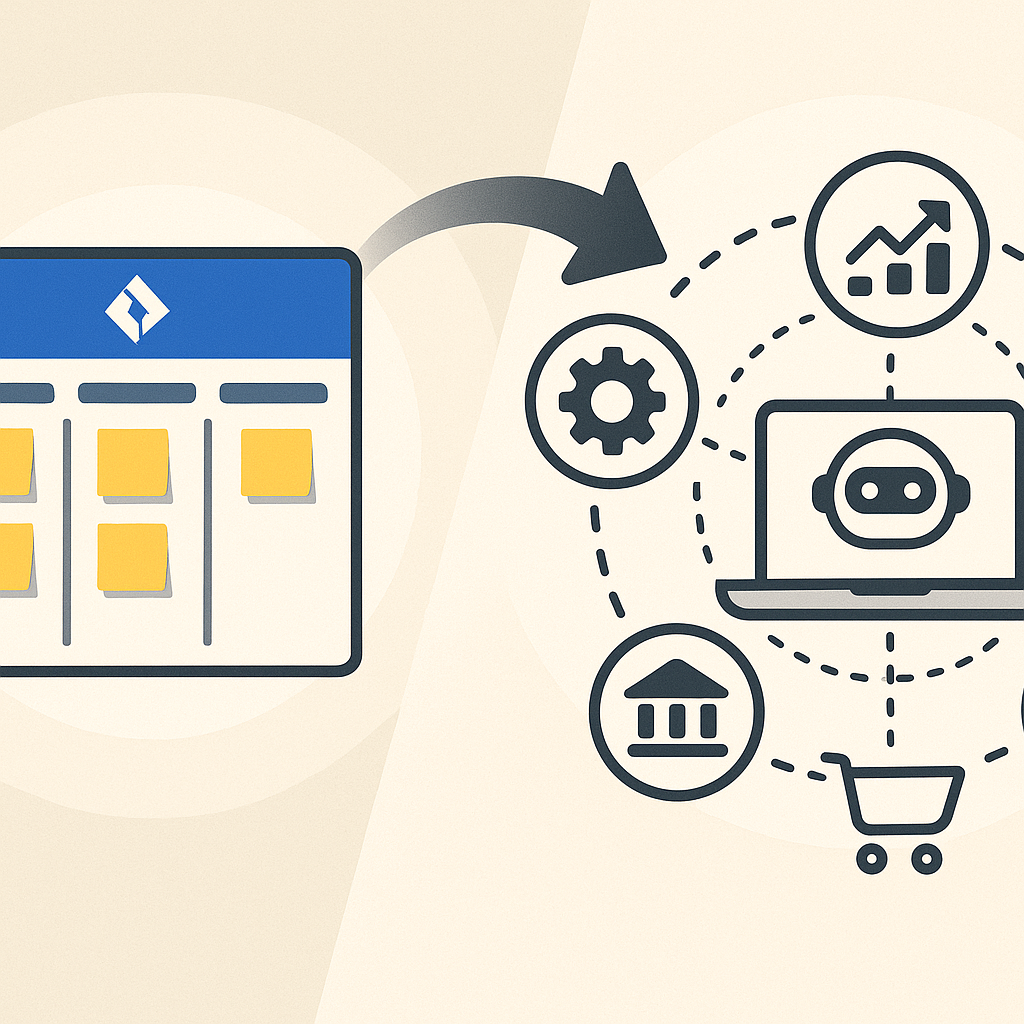From Jira to AI Ecosystems

There was a time when I genuinely admired Atlassian products.
In the early 2010s, Jira felt like a breakthrough — not just another enterprise tool, but a lifeline.
I still remember rolling it out to one of our support teams that was struggling to keep up — overwhelmed by technical issues and constantly interrupted by requests for status updates. Jira didn’t just bring order — it gave them breathing room. A way to focus. A way to work without being chased for answers every five minutes.
We were drowning in outdated desktop software, buried under email threads and bloated spreadsheets with version names like final_v2_LAST-edited-Tuesday.xls.
Then came Jira — and with it, structure, clarity, transparency, and real-time visibility into everything that mattered. For the first time, we had control over the chaos. It felt like stepping into fresh air after years underground.
At that time, Jira wasn’t just a tool — it was a lifeline. It gave us control. It gave us process. It finally answered the question: Who’s doing what and when?
Jira was a true revolution in workflow management — the first really working system that organized collaboration around processes instead of inboxes. It brought structure where there had only been chaos.
Jira was a true revolution in workflow management — the first system that genuinely organized collaboration around processes instead of inboxes. It brought structure where there had only been chaos. But back then, very few recognized its true potential. Even Atlassian itself marketed Jira purely as a bug tracker and didn’t seem to believe it could be anything more.
I still remember us — the early users — telling the Atlassian team at the 2012 Atlassian Unite event in Frakfurt, Germany: “You’re missing the point — Jira is a powerful workflow engine. It’s not just a bug tracker!”
Only after that did they start shifting their messaging. That’s when Jira Service Desk, Jira Software, and the broader platform vision began to emerge.
But that era is over.
Today, we’ve entered something else entirely — An age of AI assistants, autonomous agents, and virtual co-workers that don’t just track your tasks — they may resolve most of operational tasks better than average people. They operate across platforms, across contexts, and increasingly, across entire business domains. They can push commits, write emails, rerun CI/CD pipelines, draft marketing campaigns, and even execute full sales funnels or customer support loops.
It’s not task management anymore. It’s intelligent orchestration through AI.
Jira was built to manage tasks, plan sprints, and keep chaos at bay. But the new paradigm is simpler and smarter: state the goal, and let the system compose the symphony of execution.
Want to rethink your workflow ecosystem? Don’t start by picking another tool — ask yourself the questions every automator lives by:
- What part of this could already be done by a machine?
- What here no longer needs a human hand?
That’s where transformation begins.